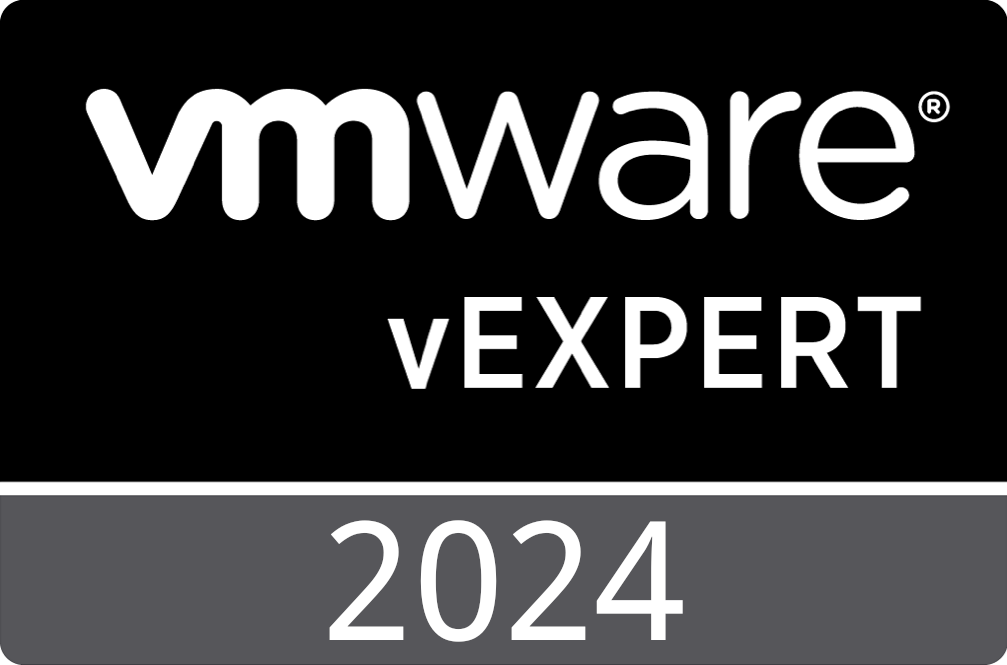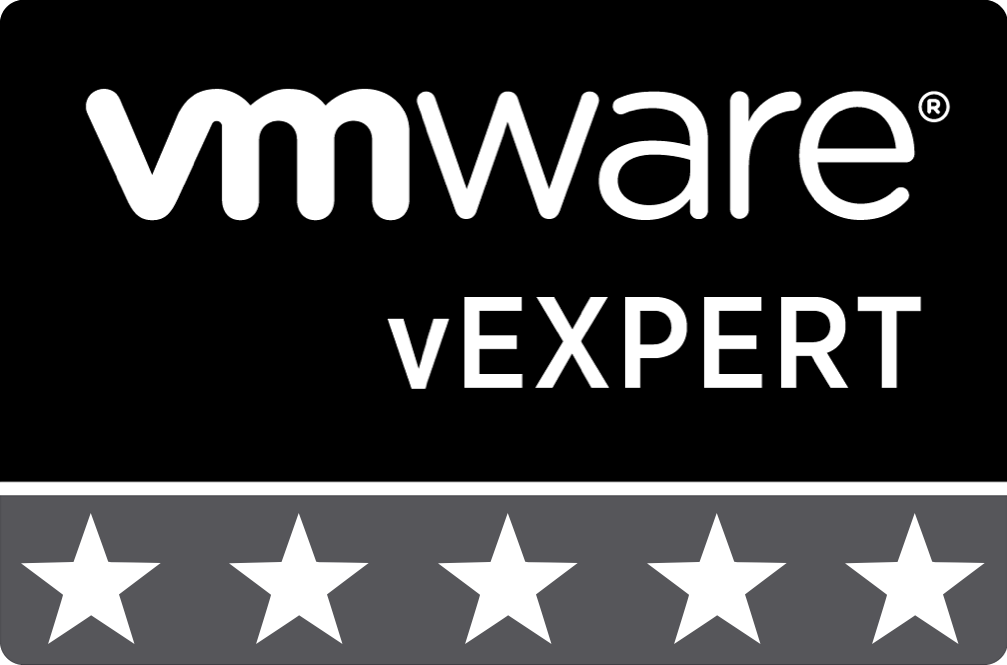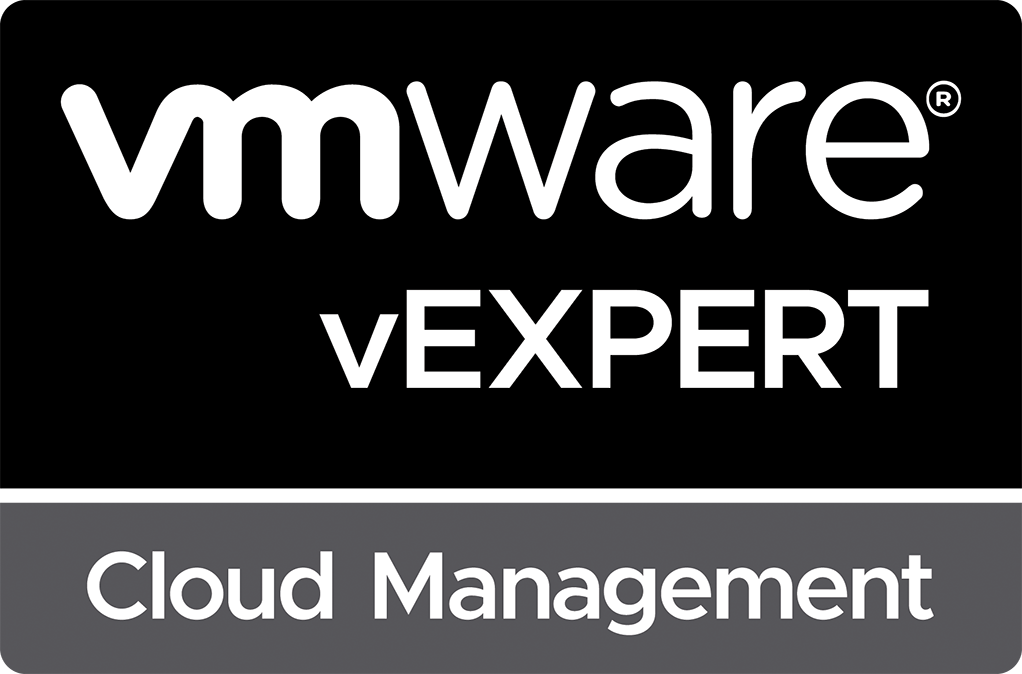
VMware vRealize Automation 8.7 Is Now Available
VMware has released the latest update to the vRealize Suite, vRealize Automation 8.7, on March 22, 2022. With this release, VMware has provided several enhancements and new features, including a next-generation On-Prem ABX Engine, enhancements to vRealize Automation SaltStack Config, additional OS support for SaltStack Config SecOps Compliance, minor UI changes, and several changes related to deployments.
What’s New
Updates included in vRealize Automation 8.7.0:
- Next-generation On-Prem ABX Engine - New Function as a Service (FaaS) engine is much faster, fixes numerous issues with memory limits, and introduces memory-based throttling.
- Change a Deployments Project as a Day-2 Action - Cloud administrators can now change the project for a provisioned deployment as a day-2 operation.
- Natively Deploy and Configure Salt-Minions from a Blueprint – Drag and drop a new SaltStack Config resource directly onto the cloud template design canvas to attach the SaltStack Config resource to one or more virtual machines. See the VMware Cloud Management blog post titled SaltStack Config Resource Type in vRealize Automation Cloud Template.
- A Newly Updated vRealize Automation Plug-in for vRealize Orchestrator – The updated plug-in now supports IaaS Inventory and scripting objects for “Machines – CRUD” and “EntityFinders”, as well as Intellisense capabilities for scripting objects.
- Custom Validation Support for Catalog Requests via API – When submitting a catalog request via the API, if the catalog item has a custom form with custom/external validation logic, this validation will be applied to the API request.
- Custom Remediation for Unsupported Advisors in SaltStack SecOps – You can now import unsupported advisories into SaltStack SecOps and provide custom remediation files to automate the remediation. See the VMware documentation titled How do I remediate advisories – Custom remediation for details.
- Dynamic Job Inputs for SaltStack Config Jobs – Within the SaltStack Config UI, you can now define custom inputs for jobs. Inputs consist of a name, keyword, type, default value, show at runtime toggle, help text, and a required toggle. See the VMware Cloud Management blog post titled Introducing vRealize Automation SaltStack Config Job Updates for details.
- Property Groups Now Support Optional Inputs – All properties in a property group are now optional by default. To set all non-Boolean properties without a default value as required, add the following cloud template property to the desired property group: populateRequiredOnNonDefaultProperties: true
- Migrated Deployments Will Now Retain Their Creation Dates – When migrating a deployment using the Migration Tool, the new deployment will retain the original creation date.
- Deployment Limit Policies Now Support Storage – Storage constraints will apply to day-0 and day-2 actions such as adding, resizing, and deleting disks.
- Marketplace Retirement – Marketplace integration within vRealize Automation has been retired and is no longer available.
- Additional SaltStack Config SecOps Ubuntu Support – SaltStack Config SecOps can now manage compliance for Ubuntu 20.04 and 20.10 systems.
- Schema Modifications and Formatting for ABX based Custom Resources - Application architects can now edit the Custom resources schema parameters to be more comprehensive in the deployment UI. Both parameters and computed properties are now modifiable.
Updates included in vRealize Orchestrator 8.7.0:
- Updates to the vRealize Orchestrator Dashboard - The Key Performance Indicators (KPI) functionality of the vRealize Orchestrator Dashboard is expanded to include two charts that display the status of the workflow runs on the deployment.
- New Package Sorting Options – The package content grids allow for sorting content by name and type.
- Manually Disable/Enable vRealize Automation Integrations - You can manually disable your vRealize Orchestrator integrations to perform maintenance. While disabled, your vRealize Orchestrator integration is still in a RUNNING state, but workflows will not be executed on the instance by vRealize Automation. See the VMware documentation titled Disable or enable vRealize Orchestrator integrations for details.
- You Can Now Move Variables Between the Inputs/Outputs – You can now move a variable from the Variables tab to the Inputs/Outputs tab. You can also move an input/output parameter back to the Variables tab.
- REST Plug-In Supports New OAuth 2.0 Bearer Token Implementation - When configuring a REST host with OAuth 2.0 authentication, you can now send the token in the Authorization header by selecting the Authorization header strategy.
API Changes
vRealize Automation 8.7.0 includes the following API changes:
-
CMX API
- New API Endpoints:
- Get a K8SInstaller associated with the given ID: - GET /cmx/api/resources/installers/{id}
- Get resource specific properties of the K8SResources - GET /cmx/api/resources/installers/{id}/properties
- Trigger the installation of the K8SResources owned by the given K8SInstaller - POST /cmx/api/resources/installers/{id}/install
- Rollback the K8SResources owned by the given K8SInstaller - POST /cmx/api/resources/installers/{id}/uninstall
- New API Endpoints:
-
Content Gateway (content service) API
- Removed Marketplace and Marketplace Downloads APIs.
-
IaaS API
- New API Endpoints:
- List folders within a data center so that you can deploy resources to a specific folder - GET /iaas/api/folders
- New API Endpoints:
-
Identity Service API
- New API Endpoints:
- GET /csp/gateway/am/api/orgs/{orgId}/groups/{groupId}/roles - Get roles of a group within organization
- DELETE /csp/gateway/am/api/orgs/{orgId}/groups - Remove groups from organization
- GET /csp/gateway/am/api/orgs/{orgId}/roles - Get a list of organization roles
- GET /csp/gateway/am/api/orgs/{orgId}/groups Get groups of a specific organization
- PATCH /csp/gateway/am/api/orgs/{orgId}/groups/{groupId}/roles - Update roles of a group within organization
- Updated API request parameters to require authentication credentials when retrieving all service definitions in the organization:
- GET /csp/gateway/slc/api/definitions
- Added API request parameter “includeGroupIdsInRoles” to indicate if the inherited roles in the response should show group information:
- GET /csp/gateway/am/api/v2/orgs/{orgId}/users
- GET /csp/gateway/am/api/orgs/{orgId}/users
- GET /csp/gateway/am/api/orgs/{orgId}/users/search
- New API Endpoints:
Resolved Issues
For the list of resolved issues in vRealize Automation 8.7.0, check out the vRealize Automation 8.7.0 Release Notes – Resolved Issues.
For the list of resolved issues in vRealize Orchestrator 8.7.0, check out the vRealize Orchestrator 8.7.0 Release Notes – Resolved Issues.
Additional Information
Additional information on vRealize Automation 8.7.0 can be found at the following links:
- vRealize Automation 8.7.0 Release Notes
- vRealize Orchestrator 8.7.0 Release Notes
- Announcing General Availability of VMware vRealize Automation 8.7
- Introducing vRealize Automation SaltStack Config Job Updates
- SaltStack Config Resource Type in vRealize Automation Cloud Template
See Also
Search
Get Notified of Future Posts
Recent Posts


